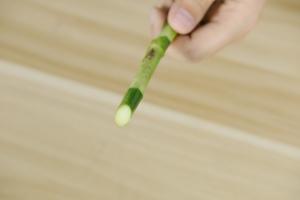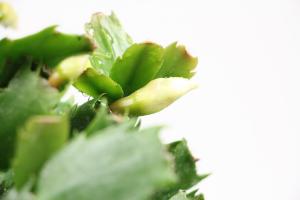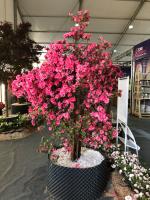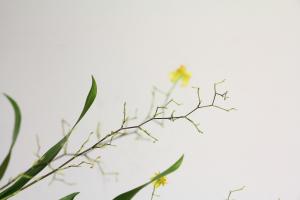1、 Curing method
1. Temperature: high sand Weng is suitable for growing in warm places. In other words, the temperature between 18 and 25 degrees is the most appropriate. It will be adversely affected in hot and cold environments. Therefore, do not exceed 30 degrees high, and do not lower than 10 degrees low
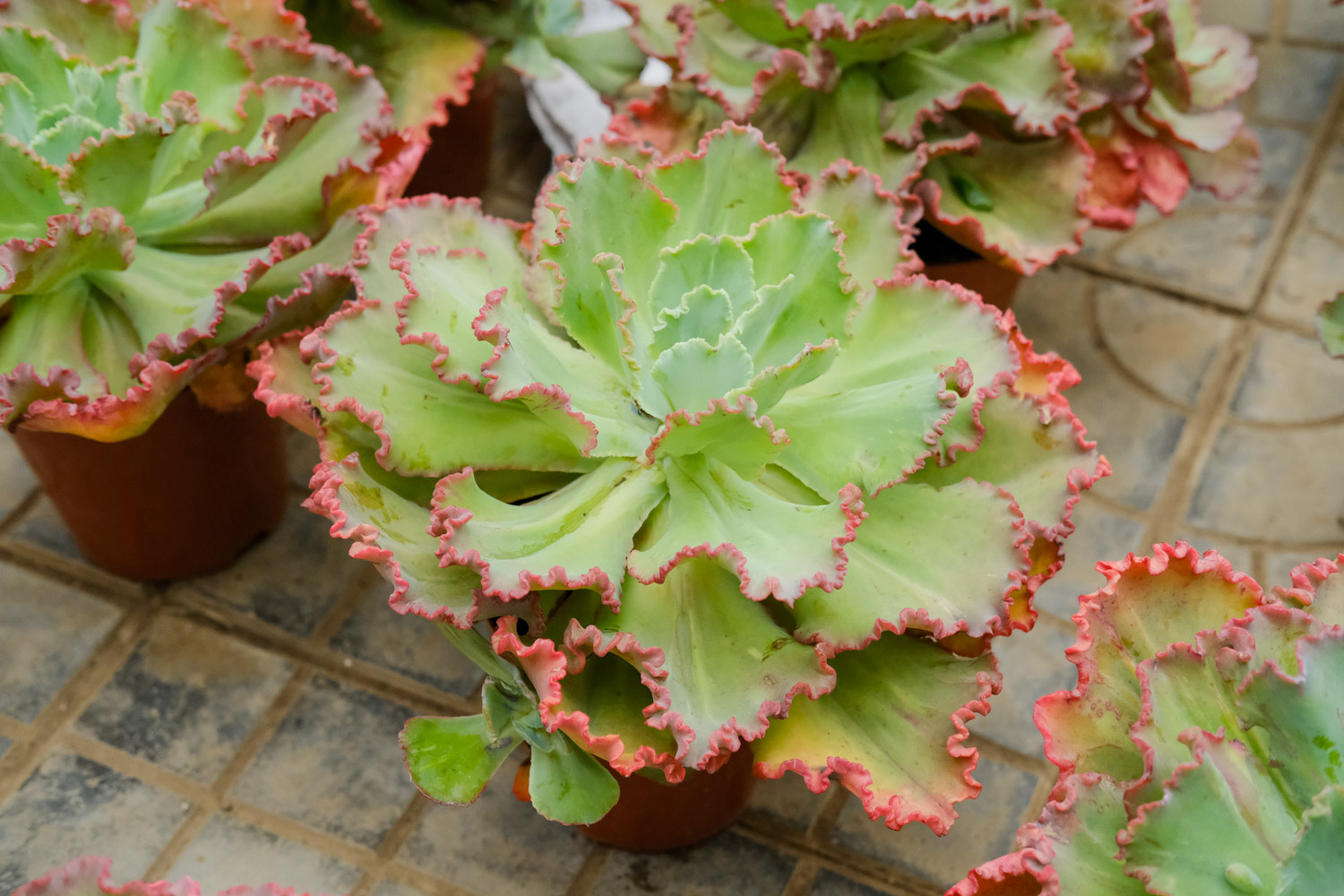
2. Light: the man of high sand likes light. In good sunshine, its color is more beautiful, and its plant type will be more compact and will not appear very loose. However, it's still afraid of exposure, so it's best to cover the noon light
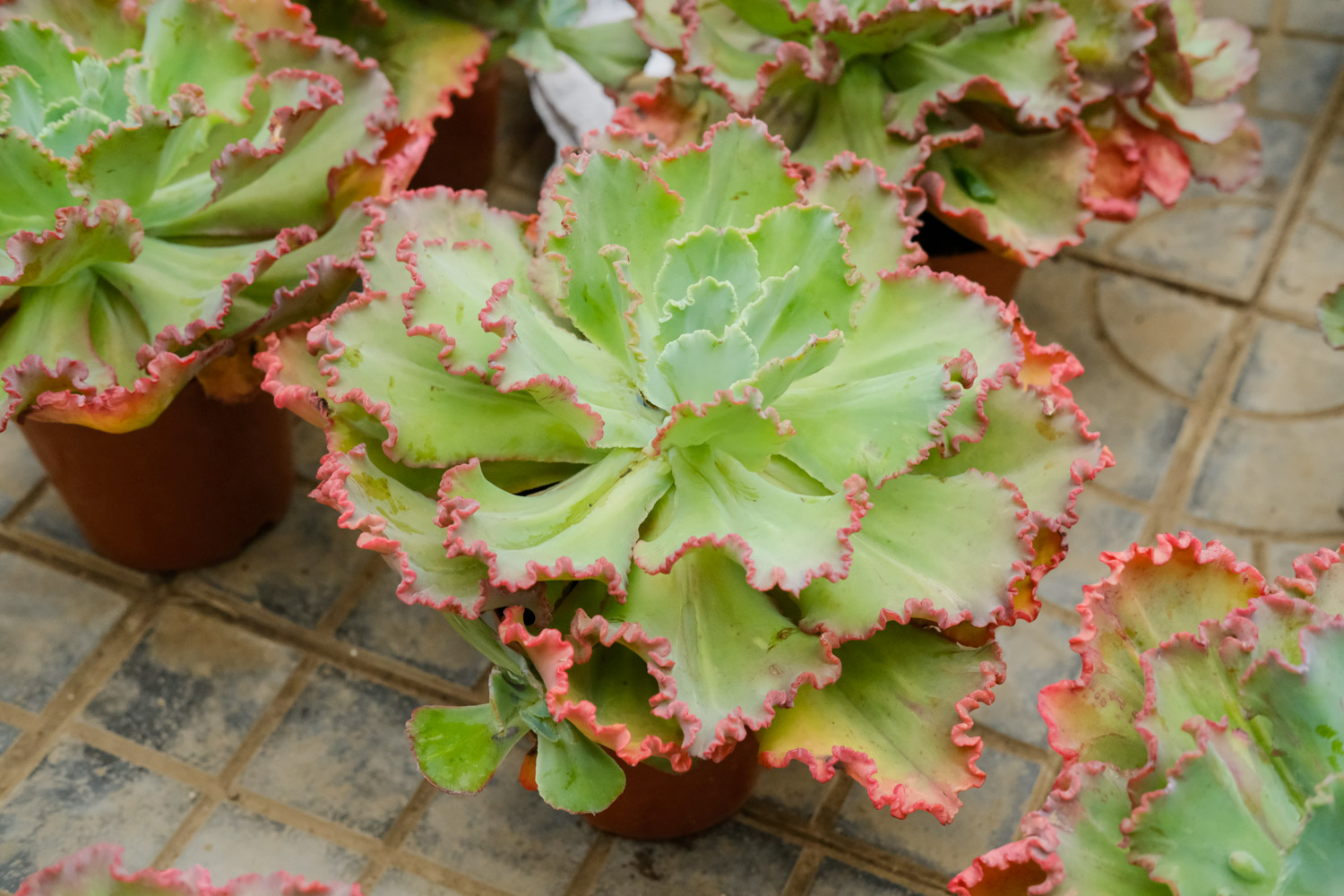
3. Watering: the high sand Weng has good drought tolerance, but it is afraid of waterlogging. Therefore, rather dry than wet is a very important principle. After the matrix is dry, add water and water it thoroughly, but don't ponding. Water control is required in winter and rainy days. In addition, when dry, you have to spray a little water
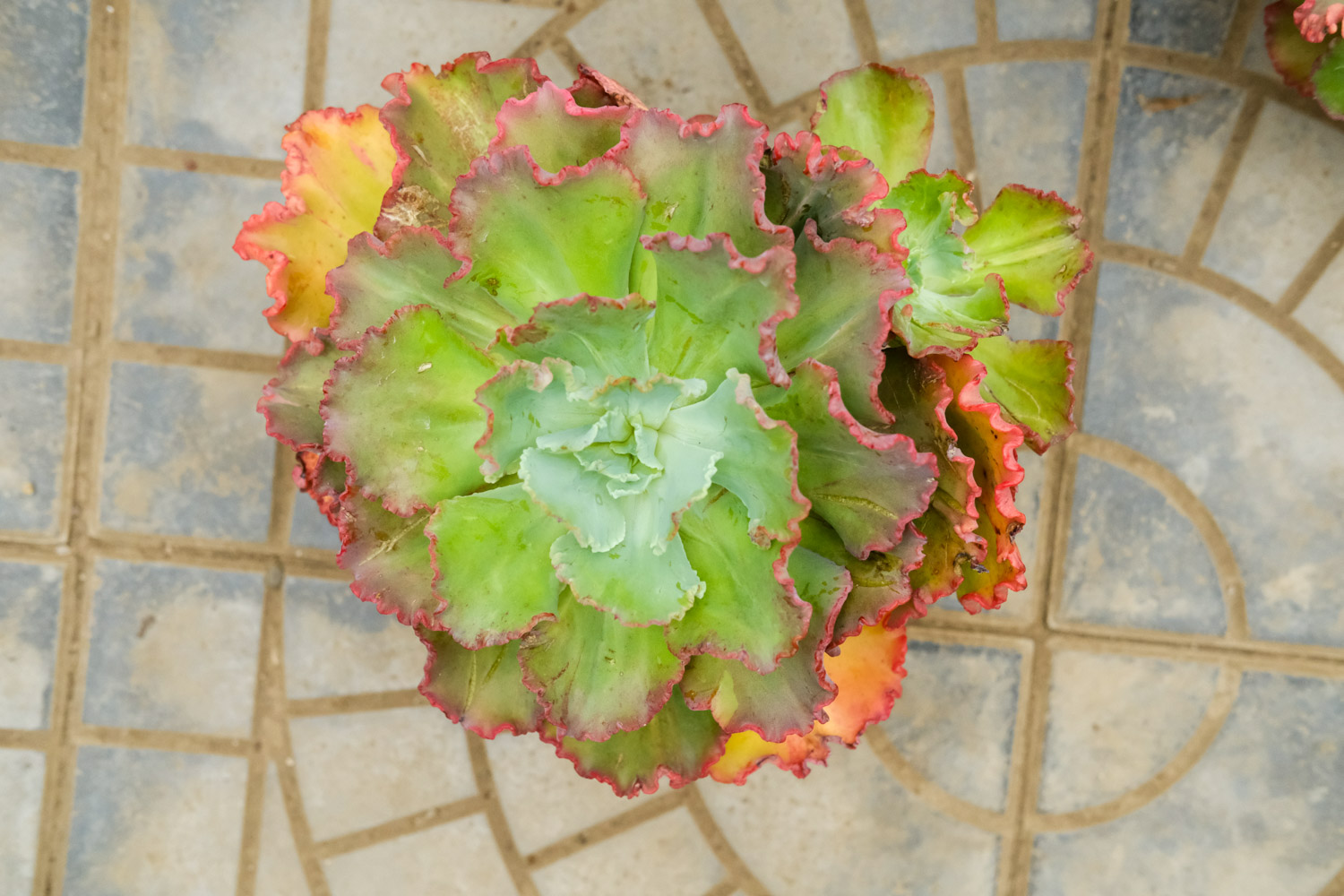
4. Fertilization: the high sand Weng basically has no requirements for topdressing. Just pay attention to the base fertilizer in the soil, and add a little after changing the pot
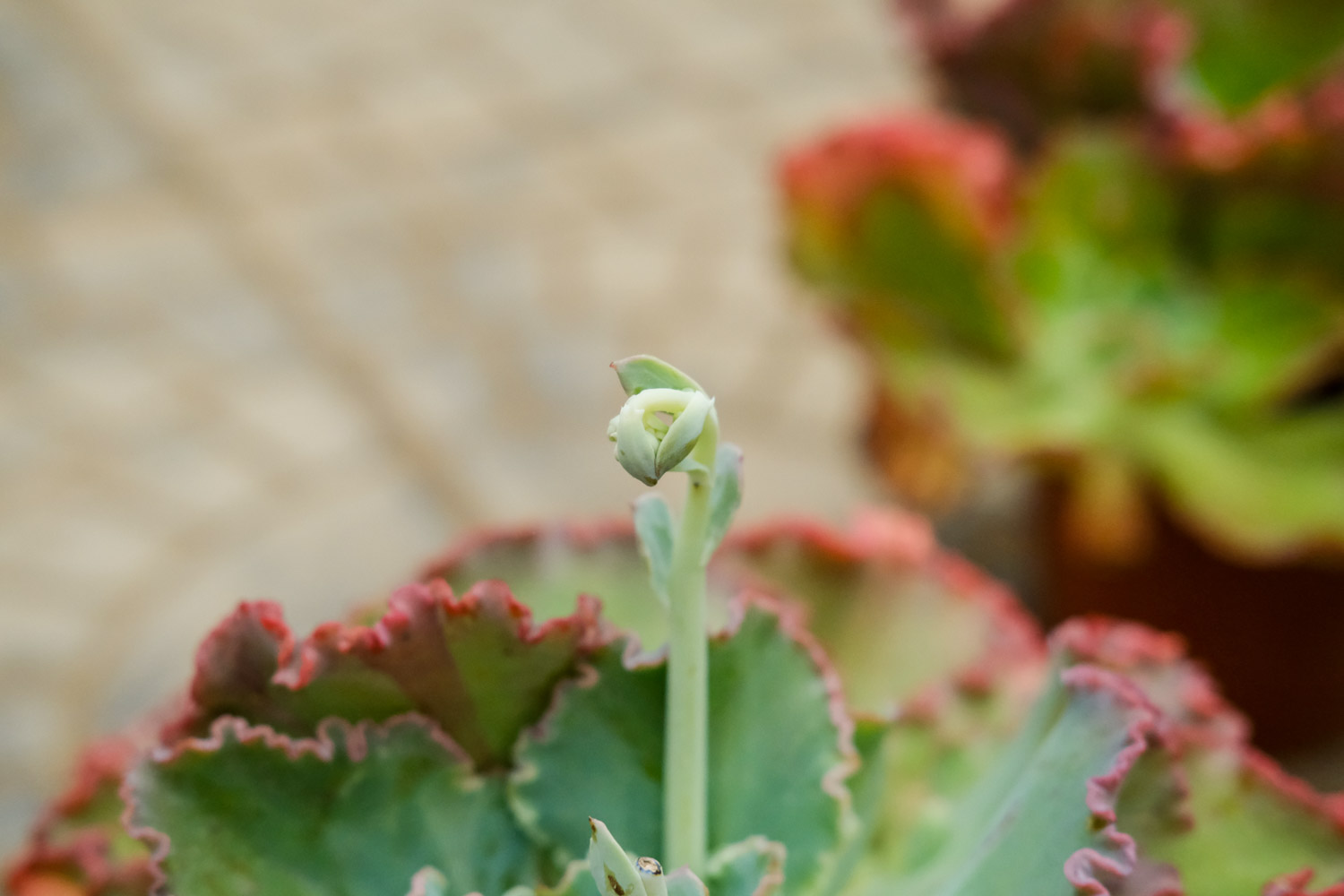
2、 Breeding skills
1. Reproduction: one of the most commonly used methods is "leaf cutting method", which is to select its leaves as cutting materials. The scope of application of this method is very wide and can be carried out throughout the year. Select robust leaves, cut them off and put them in a ventilated place to dry for a while. After the wound is dry, insert them into the matrix
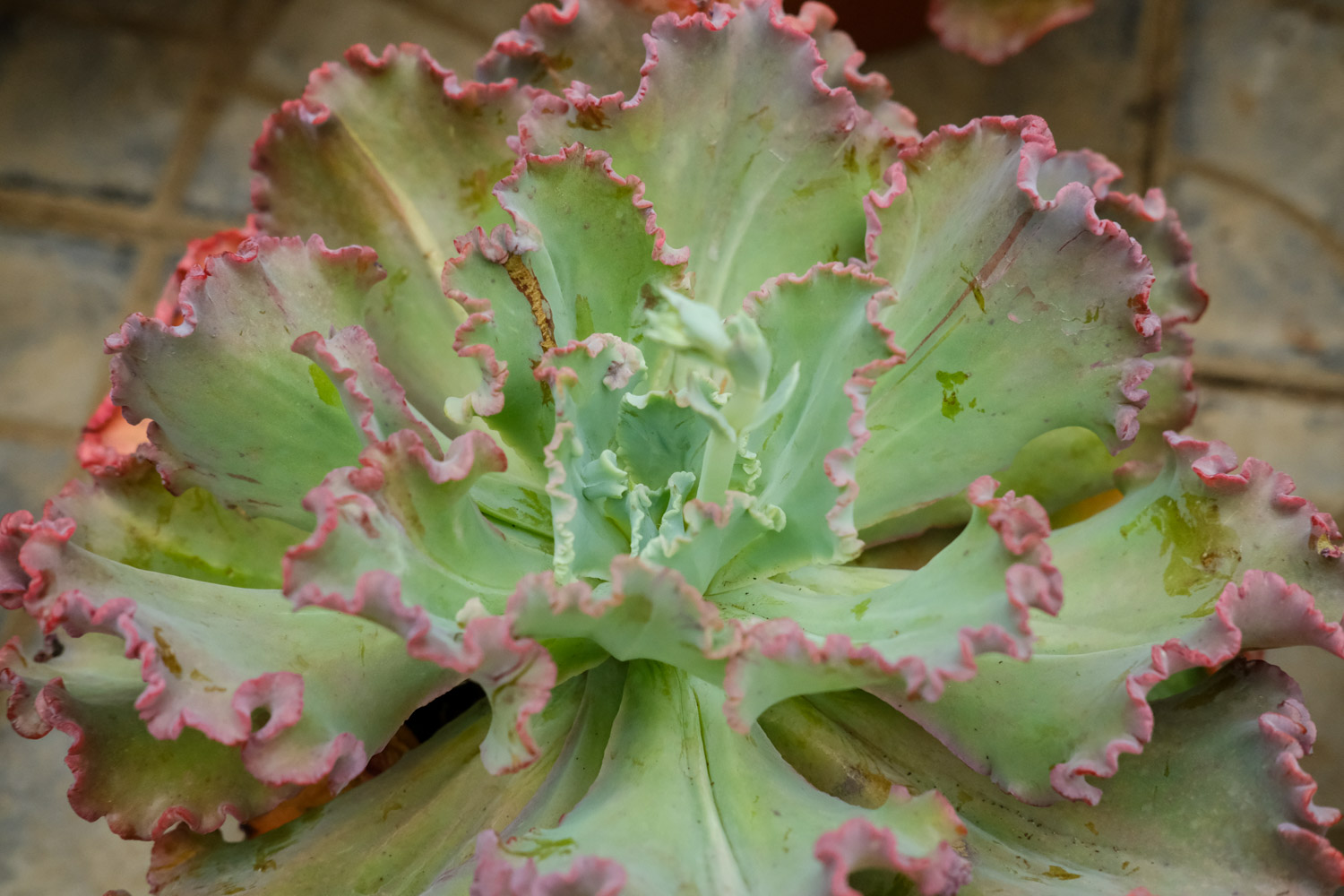
2. Change basin: Generally speaking, once a year is the most appropriate. If there is no condition to change once a year, you can also turn the basin to improve the air permeability of the soil. Specifically, the selected soil can be sandy soil and added with base fertilizer. Even if you don't change the basin, you'd better supplement some base fertilizer

3、 Problem diagnosis and treatment
1. Disease: the most important kind of disease is "leaf spot disease", which will cause spots on the leaves and slowly expand, aggravating the disease. Chlorothalonil can be sprayed for treatment, and the diseased leaves must be treated at the same time

2. Insect pests: "aphids" are more common, mostly concentrated in its leaves, and the harm is relatively large. Omethoate is available

4、 Other issues
1. Toxicity: high sand Weng is non-toxic

2. Whether it can be raised at home: Yes, it is a kind of meat, suitable for viewing at home, with good decorative effect< a>


 how many times do yo...
how many times do yo... how many planted tre...
how many planted tre... how many pine trees ...
how many pine trees ... how many pecan trees...
how many pecan trees... how many plants comp...
how many plants comp... how many plants can ...
how many plants can ... how many plants and ...
how many plants and ... how many pepper plan...
how many pepper plan...

